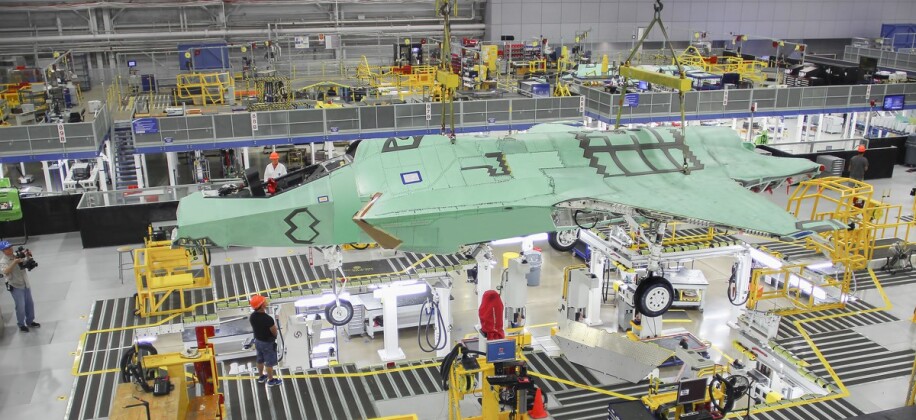
The annual report from the Pentagon’s Director of Operational Test and Evaluation (DOT&E) has highlighted ongoing difficulties faced by the F-35 fifth generation fighter program in bringing the aircraft up to the much delayed Technology Refresh-3 (TR-3) hardware and software standard. This issue previously resulted in a suspension of fighter deliveries, and has continued to prove highly disruptive for the program. In December 2023 it was announced that TR-3 upgrades would be completed before July 2024, with this already much delayed deadline having ben missed. Program Executive Officer for the F-35, Air Force Lieutenant General Michael Schmidt previously highlighted that issues with “hardware design maturity” were causing low manufacturing yields of parts required to produce F-35s at the TR-3 standard, although he successfully lobbied for F-35s to be accepted into service short of the TR-3 standard to avoid what would otherwise be a piling up of hundreds of airframes at production facilities. Without the complete software, however, the fighters are only usable for training. In its latest report, the DOT&E office noted regarding software issues that the F-35 program “has shown no improvement in meeting schedule and performance timelines for developing and testing software designed to address deficiencies and add new capabilities,” and that operational testing was unlikely to begin until 2026.
With TR-3 software being vital to allowing F-35s to conduct high intensity operations, delays in operationalising it has major repercussions for the combat potentials of stealth fighter fleets across the world. The issue is particularly serious in Northeast Asia, where China’s rival J-20 fifth generation fighter has integrated incrementally more capable software with few signs of any issues. TR-3 software is itself only a stepping stone towards bringing the F-35 to the Block 4 standard, which was initially intended to be achieved in the mid-2020s, but has been postponed to the early 2030s. Issues with critical upgrades for the F-35 were far from the only issue highlighted in the DOT&E report, which further noted that the F-35 “continues to fall short” of the metrics set for it in the original Capabilities Development Document, noting that “improving and sustaining improvement in aircraft suitability metrics is difficult to achieve,.” It further emphasised the importance of increasing the availability of spare parts, which have been a leading contributor to the fighter class’ very low availability rates.
Source: Military Watch Magazine

